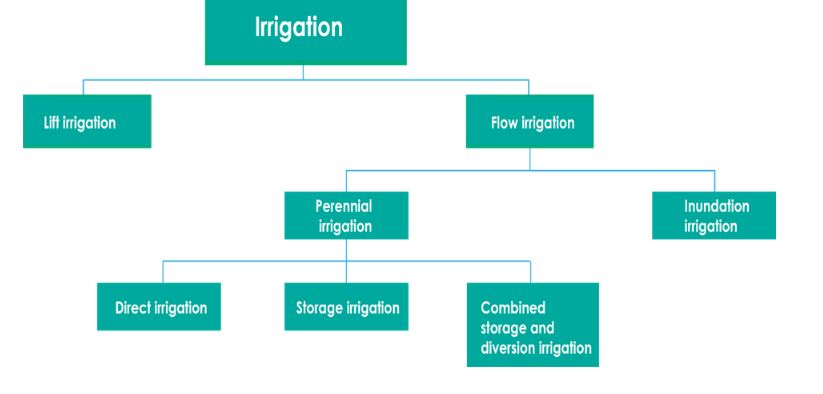Exploring the Various Types of Irrigation: Choosing the Right Method for Your Farm
In this blog, we’ll delve into the fascinating world of irrigation. Understand the different types of irrigation can make a significant difference in your crop yield and overall efficiency. Choosing the right method can save water, time, and money. So, let’s take a closer look at the various types of irrigation systems.
Flow Irrigation
The irrigation in which water is available at such a level that it is conveyed to land by gravity flow.

Lift Irrigation
Water supply is at too low a level to run by gravity on to the land. Also known as Well irrigation.
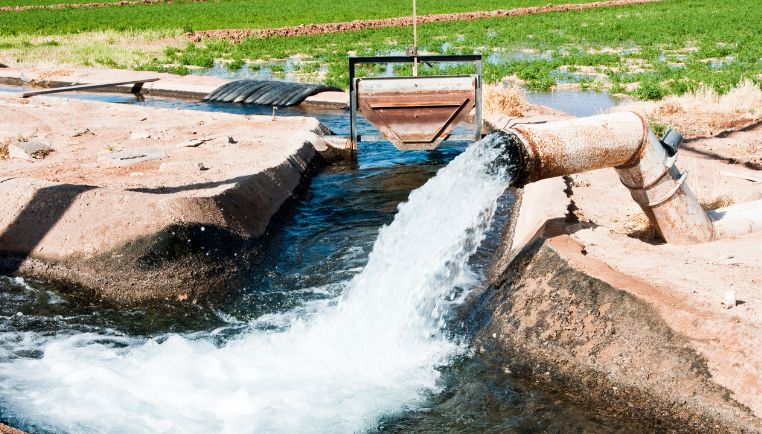
2 types of flow Irrigation
- Perennial irrigation system
- Water is supplied throughout the year to the crops through the canals.
- Storage head works such as dams and storage weirs or barrages are required to store the excess water during floods and release it to the crops when it is required.
Canal system is used
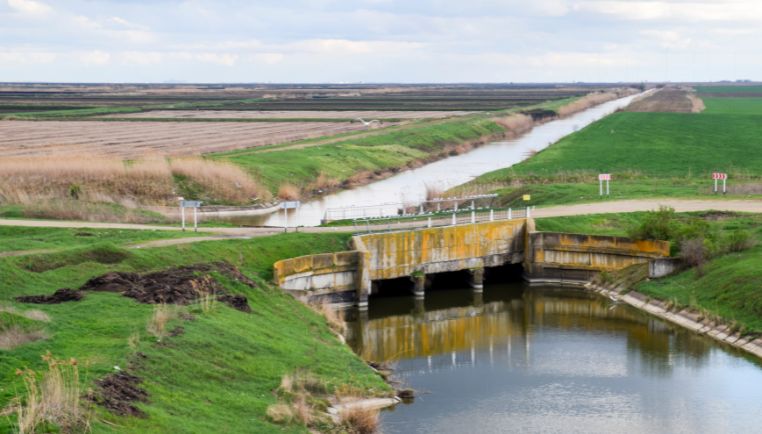
- Inundation or Flood irrigation system
- Carried out by deep flooding and thorough saturation of the land.
- Here, flood water from the river is used for irrigation.
- Canal is not necessary.
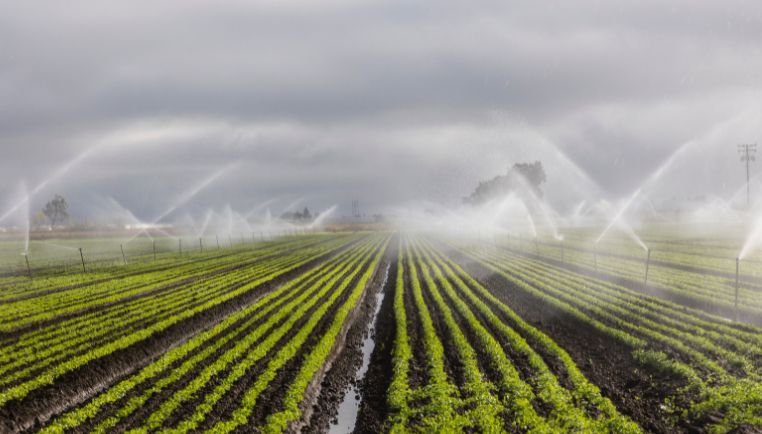
Types of Perennial irrigation (Based on source)
- Direct Irrigation or River canal Irrigation
- Water is directly diverted to the canal without attempting to store the water.
- Low diversion weir or diversion barrages are constructed across the river.
- Adopted for Perennial rivers.
- Also called Diversion irrigation.
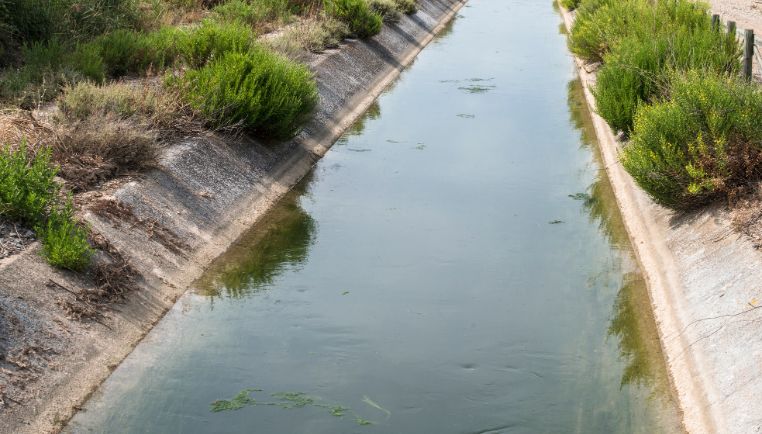
2. Storage Irrigation or Tank Irrigation
- A solid barrier such as dam or storage weir is constructed across the river and water is stored in the reservoir or lake so formed.
- Adopted for non-perennial rivers.
- Storage Irrigation or Tank Irrigation
- A solid barrier such as dam or storage weir is constructed across the river and water is stored in the reservoir or lake so formed.
- Adopted for non-perennial rivers.

- Combined Irrigation
- Combination of storage and diversion irrigation.
- Water is first stored in the reservoir formed at the upstream side of the dam, and this water is used for power generation.
- Discharge from the powerhouse is fed back into the river to the downstream side of the dam.
- Thus, sufficient quantity of flow is again available in the river.
- Here both dam and weir are constructed.
Conclusion
Selecting the right type of irrigation system for your farm is crucial to achieving optimal crop growth and water efficiency. By considering factors such as crop type, field size, and local environmental conditions, you can make an informed decision about which irrigation method best suits your needs.
At Amaze Academy, we’re committed to providing valuable information and resources to help you excel in your farming endeavours. Stay tuned for more insightful articles on agriculture, technology, and sustainable practices. Happy learning!

